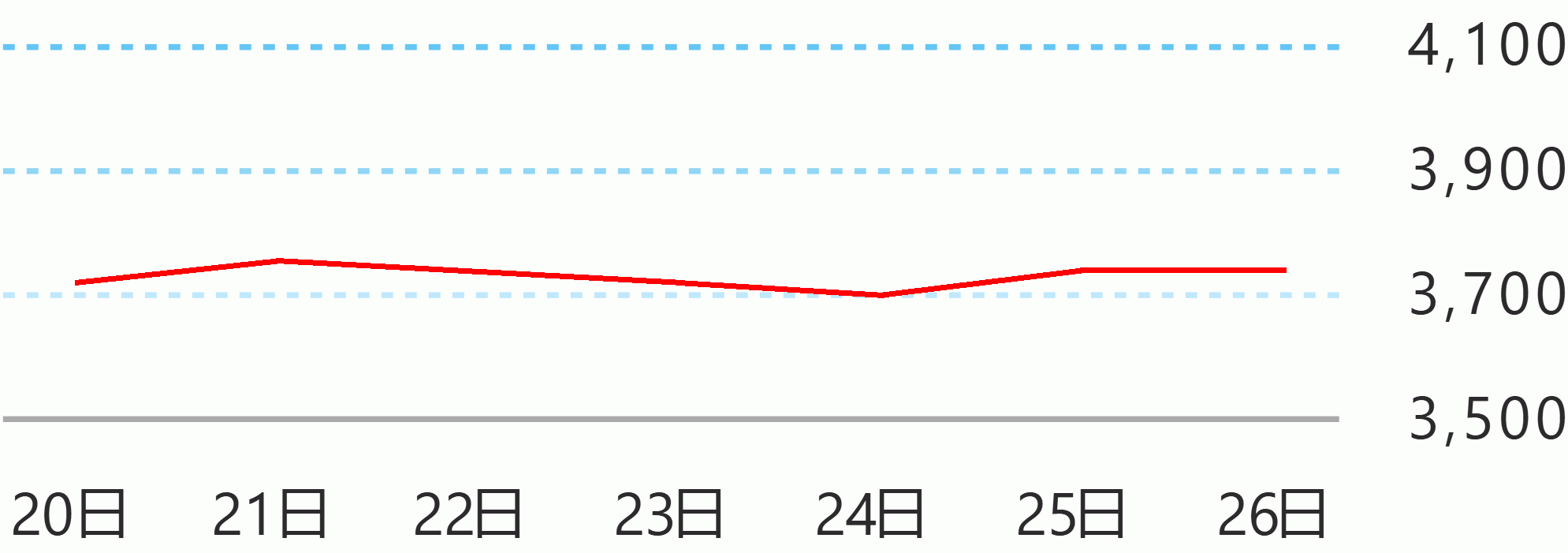The fertility rate in the Philippines has significantly declined since 2017 with the COVID-19 pandemic fast-tracking its decline, the Commission on Population and Development (CPD) said Sunday.
Citing a study they commissioned, CPD deputy executive director Lolito Tacardon told dzBB the current fertility rate of the country is 1.9 percent, down from 2.7 in 2017.
Tacardon said they discovered that during the COVID-19 pandemic, women delayed giving birth due to uncertainty and the economic conditions.
He said the reproductive age is 15 to 49 years old.
After the pandemic, the CPD found that women put off having children due to delayed marriages and improved socio-economic status.
“We saw that in general, it was generally declining. The pandemic just sped up the decline. One of the factors we saw was delayed marriage. Based on the latest (study), women at 28 years old were among…those who registered their age of marriage. For men it’s 30 years old,” Tacardon said.
“One of the other significant factors is improving socio-economic condition of the women, like improvement in the education and increasing labor force participation. The higher the socio-economic status of woman, they prefer a lesser number of children,” he added.
“Apparently, women and families are now more responsible and more conscious in terms of number of children that they can support. Their focus should be ensuring we have quality human resources who can contribute productively to the economy.
However, he said there has been a “disturbing” increase in births from females aged 10 to 14 years old, from 2,300 in 2021 to 3,000 this year, up 35 percent.
Tacardon said that the work age population in the country is increasing.
“In our perspective, we call this occurrence a demographic opportunity where we see lesser children are being born…The natural implication of this is that our working population is increasing,” Tacardon said.
“We also see a steady increase in the proportion of older people aged 65 and above…We have the highest proportion of working age population which is 64 percent. If we have a productive workforce, they have a bigger contribution to society,” he added. Jaspearl Tan/DMS





 English
English









